Without fanfare, Stellantis entered the Level 2 hands-free driver-assist system game late in 2023.
Stellantis’ system is named Hands-Free Active Driving Assist, and it launched with the 2024 Jeep Grand Cherokee.
Motor Authority has unearthed some insights into how the system works and its hardware, but we are left with some questions that currently have no answers.
Below, we break down what we know about Hands-Free Active Driving Assist so far, what has yet to be shared, and some key similarities and differences between it and Ford’s BlueCruise and GM’s Super Cruise systems.
Stellantis Hands-Free Active Driving Assist system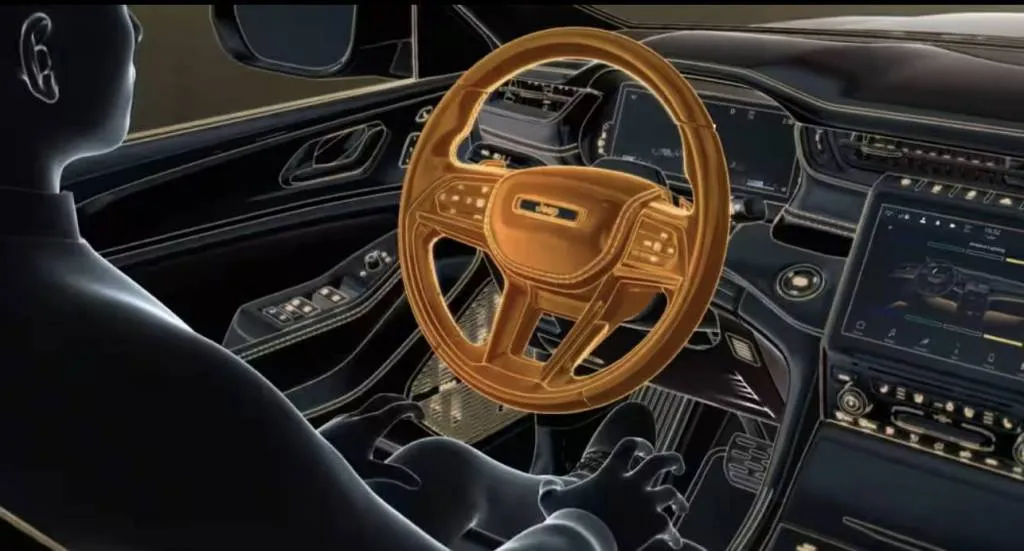
What is Hands-Free Active Driving Assist?
Confusingly, Stellantis offers an Active Driving Assist system and a Hands-Free Active Driving Assist system. The former is a fancy term for Stellantis’ active lane control, also known as lane-keeping assist, which requires hands on the wheel at all times. This system can be used on any road with visible lane markings.
Hands-Free Active Driving Assist is Stellantis’ new system, and it enables hands-free driving, but only on mapped roads.
Making matters more confusing, Jeep’s website swaps the two terms in certain places, but Hands-Free Active Driving Assist is more involved and has greater capabilities.

2024 Jeep Grand Cherokee
Which vehicles offer Hands-Free Active Driving Assist?
Currently, the Hands-Free Active Driving Assist system is an option on the two-row 2024 Jeep Grand Cherokee and three-row Grand Cherokee L in Overland, Summit, and Summit Reserve trims. Buyers will need to opt for the 3.6-liter V-6 as the system can’t be optioned with the 4xe plug-in hybrid or V-8.
The 2025 Ram 1500 pickup truck will be the next model to offer the Hands-Free Active Driving Assist system.
How much does Hands-Free Active Driving Assist cost?
For the Grand Cherokees, the package costs $2,995, which includes a 3-year trial. The package hasn’t been priced for the 2025 Ram 1500 yet, but it will also come with a 3-year trial.
A Stellantis spokesperson told Motor Authority after the 3-year trial period is over owners will be able to get it by subscription, but pricing isn’t yet available.
BlueCruise-equipped vehicles come with a 90-day trial. Buyers then can opt to pay $75 per month or $800 per year to continue using the hands-free system. GM’s Super Cruise system costs $2,200-$2,500, depending on the vehicle, and includes a 3-year trial. A $25 per month Super Cruise OnStar subscription is required to keep the system working after the trial.
Stellantis Hands-Free Active Driving Assist system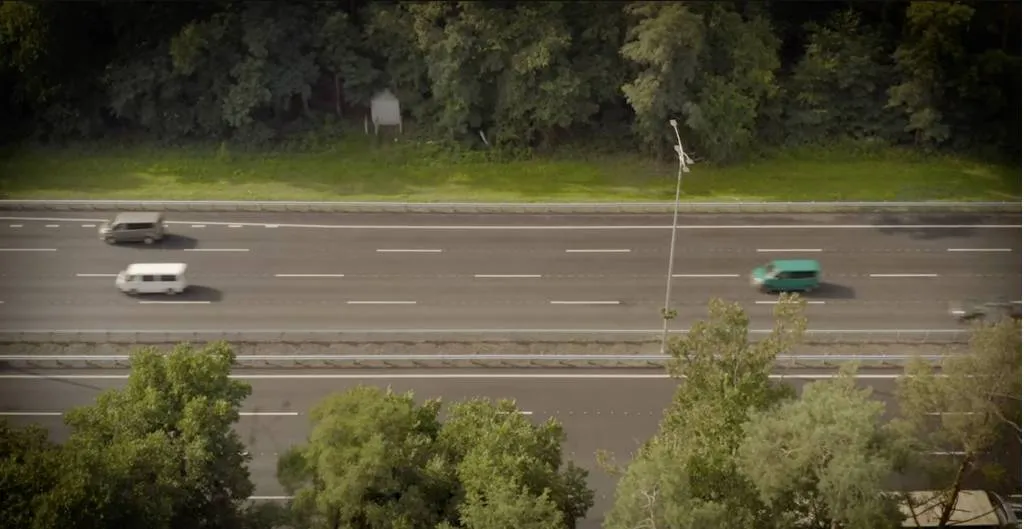
Where does Hands-Free Active Driving Assist work?
The system works on certain limited-access (no open cross streets) divided highways with map data provided from TomTom. GM's map data is provided by Dynamic Map Platform (DMP) while Ford's map data is provided by HERE.
Stellantis hasn’t outlined if the map data is radar-based, like Ford’s, or lidar-based, like GM’s. The former is less detailed, while the latter is more detailed. It’s also currently unclear how the map data is fed to the vehicle. Ford’s BlueCruise keeps the entire map data local at all times and over-the-air updates feed the system new info from time to time. GM’s Super Cruise system keeps minimal map data locally and feeds the map data in real time as the vehicle drives down the road.
A Stellantis spokesperson wouldn’t share how many miles of map data currently exists, but Jeep’s website touts “over 125,000 miles of compatible roads.” GM’s system will work on about 750,000 miles of roads by the end of 2025. Ford’s system has over 130,000 miles of mapped roads.
Stellantis also hasn’t shared which roads are mapped.
Stellantis Hands-Free Active Driving Assist system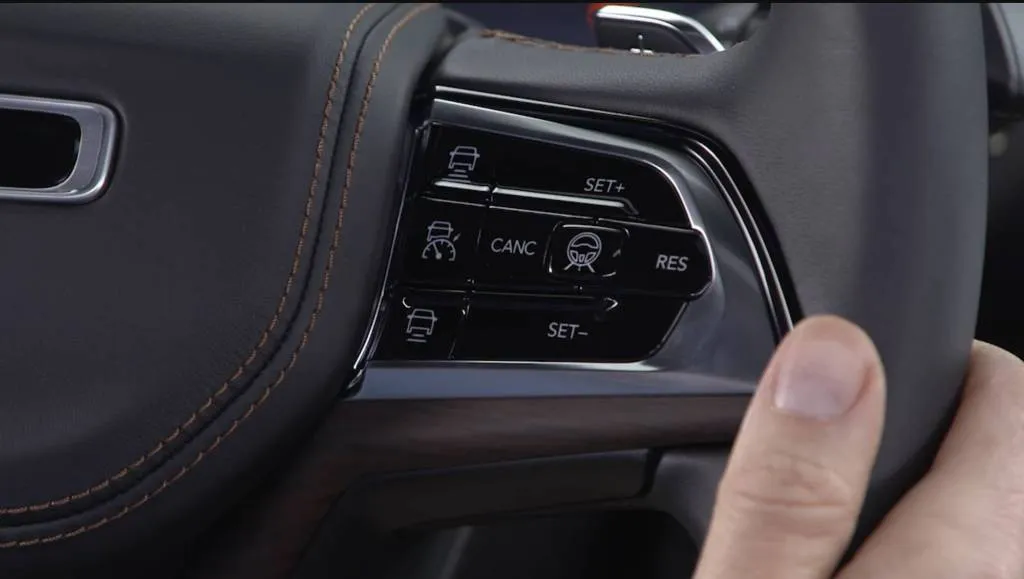
How do you turn on Hands-Free Active Driving Assist?
When on a road with map data, a cellular connection, and lane markings that can be seen by the car’s cameras, the system can be turned on by tapping the Hands-Free Active Driving Assist button on the right spoke of the steering wheel.
When activated, the icons in the digital gauge cluster turn green, the ambient lighting on the sides of the digital gauge cluster turn green, and green graphics appear on the available head-up display.
Stellantis Hands-Free Active Driving Assist system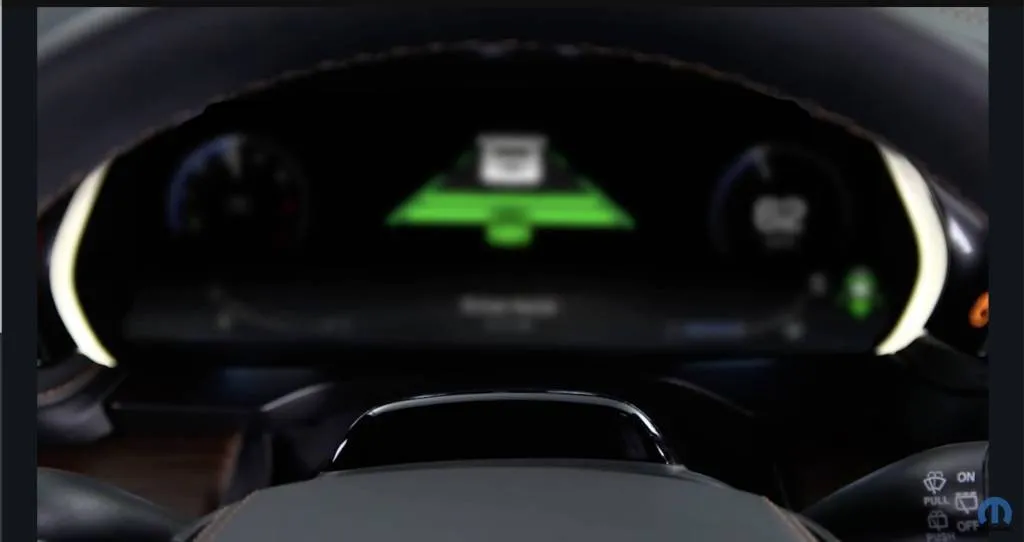
What hardware does Hands-Free Active Driving Assist use?
Stellantis hasn’t outlined what hardware the system uses, but it’s clear it utilizes the vehicle’s radar system (unknown if it’s short- or long-range), forward-facing camera, and blind-spot monitors.
The Stellantis spokesperson said the system has “redundancies in sensing and computing” but wouldn’t elaborate. GM’s system has multiple redundancies in place, including a super capacitor in case the 12-volt system experiences an issue. Ford lacks many of these redundancies and views the driver as the backup system.
The Stellantis spokesperson confirmed the system doesn’t include lidar hardware (neither GM’s Super Cruise nor Ford’s BlueCruise system have lidar either). However, the spokesperson confirmed Hands-Free Active Driving Assist does have an HD GPS receiver like GM’s system. This is a key component Ford’s system lacks.
A traditional GPS receiver places a vehicle on a road, not a specific lane, and is accurate to within 49.2 feet. According to General Motors, an HD GPS receiver places a car within 6.6 feet. It means the system knows which lane the car is in. Ford attempts to get around this by stitching together a real-time view for the vehicle using the onboard sensors and cameras.
Stellantis equips vehicles with Hands-Free Active Driving Assist with an infrared camera mounted atop the steering column to watch the driver’s eyes.
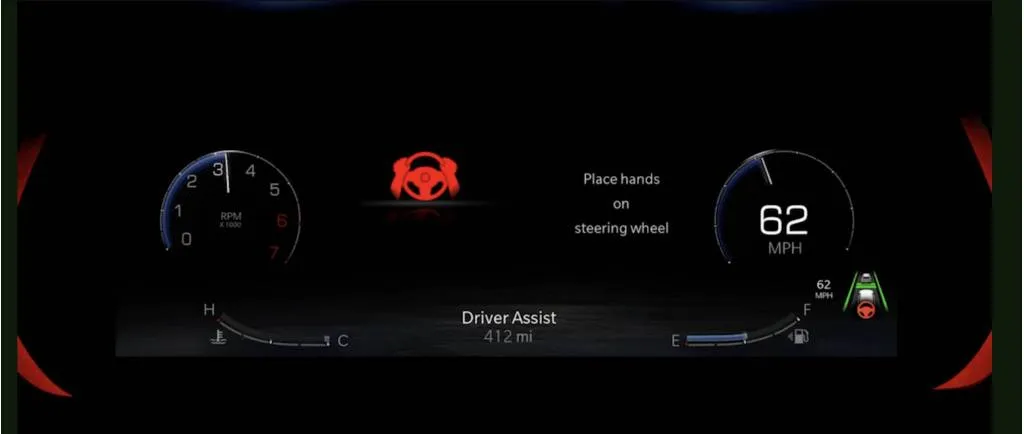
Stellantis Hands-Free Active Driving Assist system
What does Hands-Free Active Driving Assist do if the driver doesn’t pay attention?
If the system detects the driver isn’t watching the road, a series of warnings will appear in the digital gauge cluster starting with green, then escalating to yellow, and finally turning red. Should the driver not react, the system will slow down the vehicle and eventually perform a controlled stop in its lane. The vehicle will then initiate an SOS call for help using the vehicle’s cellular connection. Stellantis hasn’t said how long the driver can go without paying attention. Ford’s system provides a very short leash of just four seconds. GM’s system used to be about the same, but it seems the automaker has lengthened the leash to about 10 seconds with recent updates based on our experience.
2024 Jeep Grand Cherokee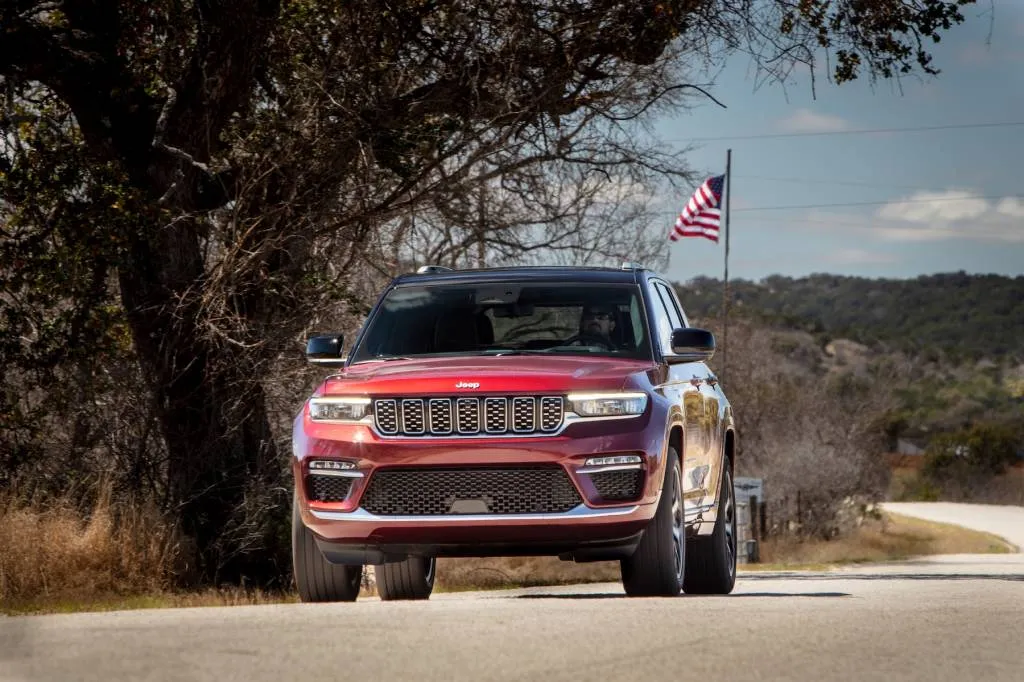
Can you speed with Hands-Free Active Driving Assist?
Absolutely. The system works at up to 90 mph. GM’s system works at speeds of up to 85 mph, while Ford’s taps out at 80 mph.
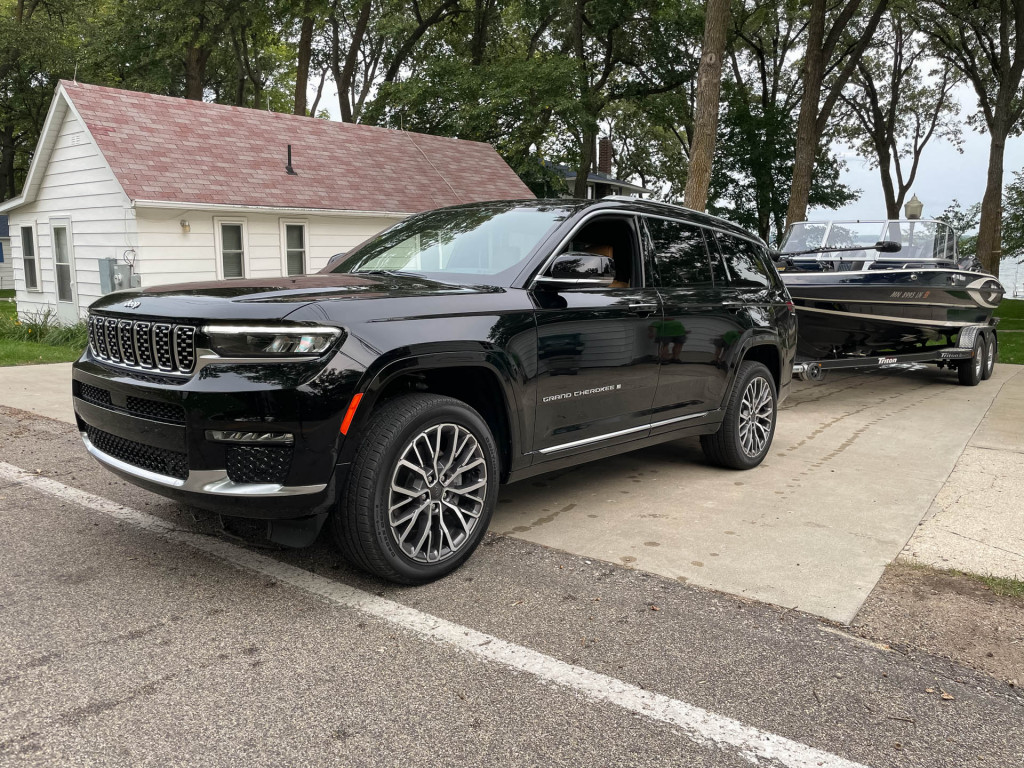
Jeep Grand Cherokee L Summit Reserve 4x4
Can you tow with Hands-Free Active Driving Assist?
No. While GM’s system has trailering capabilities, Ford BlueCruise is unable to operate while towing, either.
Stellantis Hands-Free Active Driving Assist system
Can Hands-Free Active Driving Assist change lanes?
Yes. Like Ford’s system, the driver must initiate the lane change by tapping the turn signal stalk. The system will deem if a lane change is safe and then execute it. GM’s system will automatically execute a lane change to pass slower moving traffic, and it will then move back to the right to maintain lane etiquette.
Will Hands-Free Active Driving Assist move over in the lane?
Yes. Like Ford and GM’s system, Stellantis programmed Hands-Free Active Driving Assist to move the vehicle off its center position in a lane when passing slower traffic. This provides breathing room between the two vehicles.
